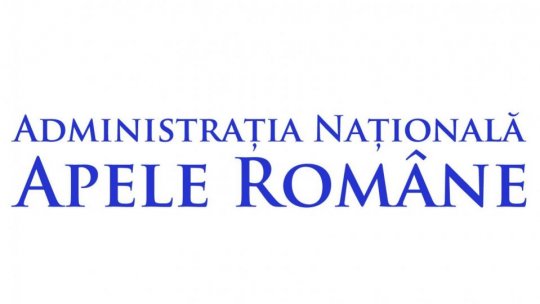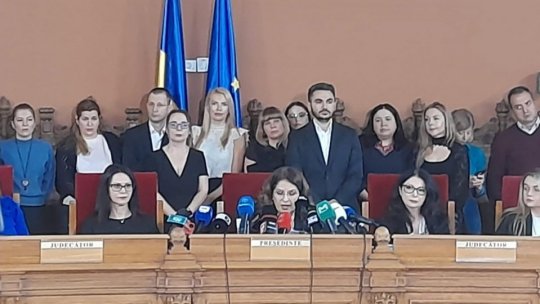Planned changes to the system of taxation, fees and salaries in the public sector

Articol de Costin Grigore, 27 Octombrie 2024, 21:37
The document is more than a hundred pages long, but does not give exact figures and data on how taxes and duties will be adjusted.
The World Bank is expected to propose several scenarios in the first quarter of 2025, with at least two alternative options for specific tax measures. The next government would decide which variant will be implemented from April.
Reporter: The tax reform measures include changes in corporate and income tax, social contributions, value-added tax and the tax threshold for micro-enterprises. However, the amounts for these tax rate revisions are not foreseen, as a decision will be taken after a World Bank report on tax reform.
For now, it is known that tax breaks and deductions would be abolished and a mechanism for early detection of VAT fraud would be introduced.
The public expenditure system will also be reformed. Significant changes are thus included in the document published at the end of this week.
The way in which public sector employees are remunerated, the hierarchy coefficients will be overhauled, which should reduce pay disparities and help align incomes with responsibilities, experience and qualifications.
Salary scales for local government will be reintroduced so that employees are treated similarly to those in central government, and bonuses will be capped at 20% of the basic salary in order to avoid excessive or disproportionate payments.
The Medium-Term National Structural Budget Plan, as the document is titled and will be proposed to the European Commission, represents, according to the authorities, Romania's commitment to return to a path of budget deficit adjustment within 7 years.
Thus, from over 7%, as it is expected to be this year, the deficit will be reduced at an average rate of one percentage point per year, to reach 2.5% of GDP in 2031.
Translated by: Radu Matei













